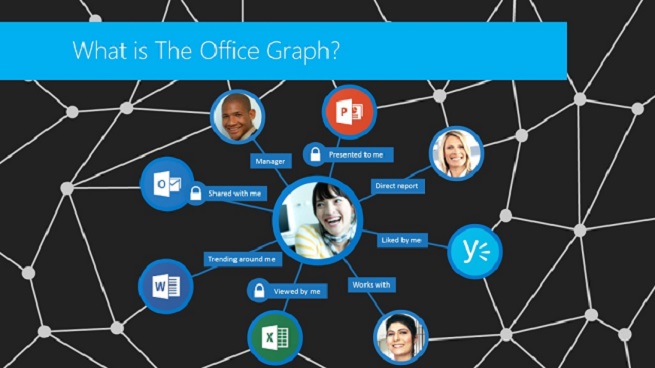Microsoft shines a light on Office Graph & Project Oslo collaboration benefits
Software giant sets out plans to make working in Office 365 more collaborative for users

Microsoft has shed further light on how it plans to incorporate machine learning techniques into its Office products to transform the way people work.
This forms the basis of Project Oslo, a social and collaborative working application Microsoft first introduced to the world at its Sharepoint Conference in March.
The app essentially provides users with a real-time information hub that aggregates documents that have been publicly shared with them via Office 365, OneDrive for Business and Microsoft's enterprise social platform Yammer.
For example, when users login to the app, they will be presented with a personalised view of recent Word, Excel and PowerPoint documents that have been shared with them via contacts, which they can then comment and work collaboratively on.
Furthermore, users will also be able to search through similar content that has been publicly shared with their co-workers and contacts that may also be of interest to them.
Microsoft has billed the offering as a way of making the way people work more efficient, because instead of having to search through emails and file systems for the documents they need they will automatically be at their fingertips within Oslo.
Also, by allowing people to work more collaboratively, the vendor claims this could cut down the amount of time people spend in meetings.
Get the ITPro daily newsletter
Sign up today and you will receive a free copy of our Future Focus 2025 report - the leading guidance on AI, cybersecurity and other IT challenges as per 700+ senior executives
During a keynote presentation at the Microsoft TechEd Conference in Houston, Texas, this week, Brad Anderson, corporate vice president of the software giant's enterprise and cloud division, said Project Oslo was to make internal communications within companies more open and collaborative.
"We've got to open up our communication internally within our companies. Far too often we're so contained within the organisational structures and by default our communications are closed," said Anderson.
"What if by default all of our communications were open and discoverable across the entire organisation, how much more knowledgeable, how much more smart, how much more productive would we be?"
The app draws on the machine learning capabilities of Microsoft's Office Graph to pull in content that may be relevant to users. This was talked about at length during one of the TechEd breakout sessions.
We've got to open up our communication internally within our companies. Far too often we're so contained within the organisational structures and by default our communications are closed.
Viral Shah, a software engineer at Microsoft who co-presented the session, said Office Graph monitors user's actions within Office 365 to populate the app with content they would find most useful.
So, whenever users open, modify or save documents, this will be logged by Office Graph and influence the content displayed to users in Oslo.
"Ignore is a really important signal. [If] we know the [content] you're skipping over, and we recognise that over time, that informs us to remove that, based on the things you're ignoring," explained Shah.
If users start showing interest in new individuals and, as a consequence, start interacting less with others, their information feed will reflect this, he added.
At the moment, Office Graph is solely being used to underpin the work of Project Oslo, but Microsoft has confirmed the technology will be form the basis of a number of other apps in the future.
-
 The Race Is On for Higher Ed to Adapt: Equity in Hyflex Learning
The Race Is On for Higher Ed to Adapt: Equity in Hyflex LearningBy ITPro
-
 Google faces 'first of its kind' class action for search ads overcharging in UK
Google faces 'first of its kind' class action for search ads overcharging in UKNews Google faces a "first of its kind" £5 billion lawsuit in the UK over accusations it has a monopoly in digital advertising that allows it to overcharge customers.
By Nicole Kobie